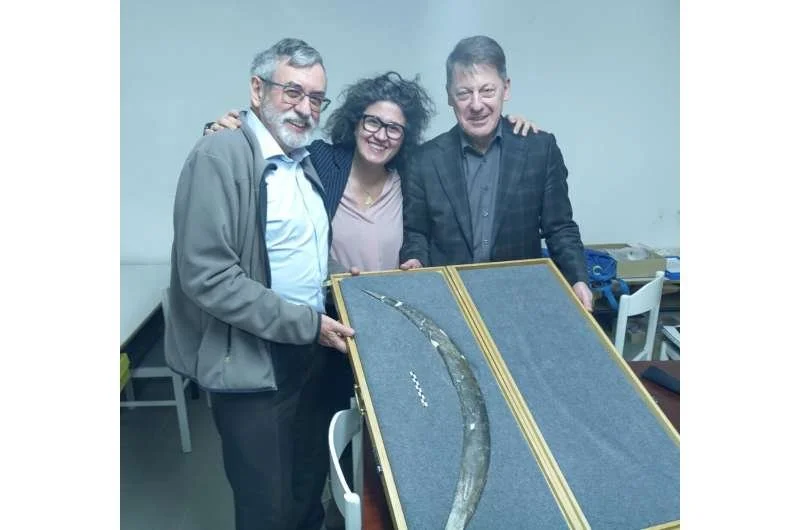Istanbul, the city that bridges two continents, is a place where the past and present coexist in striking harmony. This photograph of a remarkable building in Istanbul, on Alaykosku Street in the Cagaloglu district, captures that enduring spirit in a single, extraordinary frame. The structure, which stands as a testament to three different historical periods—the Byzantine Empire, the Ottoman Empire, and modern-day Turkey—demonstrates the city's resilience and cultural layers.
A Tale of Three Eras: Byzantine, Ottoman, and Republican
At first glance, the building's eclectic architectural mix may seem puzzling, but it tells a compelling story of continuity. The bottom section is made of ancient Byzantine columns, likely remnants from an earlier structure. These stone columns, with their robust form and classical arches, echo the grandeur of Constantinople, the city that was once the capital of the Byzantine Empire.
As you move upward, the structure shifts into Ottoman-era stonework. This middle section showcases the Ottoman Empire’s architectural style, characterized by sturdy stone walls. The masonry reflects the craftsmanship and engineering prowess of a time when Istanbul, formerly known as Constantinople, was a vibrant center of commerce and culture under Ottoman rule.
Crowning the building are the top floors, constructed during Turkey's Republican era. These are more utilitarian, representing the practical architectural trends of the early 20th century. While the aesthetics may seem relatively modest compared to the ornate Byzantine and Ottoman sections, the upper floors symbolize the city's modern history, transitioning from an imperial past to a bustling, modern metropolis.
A Building Standing the Test of Time
Despite the visible wear and tear, the building remains firmly rooted in place, defying the ravages of time. Nature has begun to reclaim parts of the structure, with creeping vines and patches of greenery growing between the stone walls. Yet, its foundation—a fusion of three distinct architectural eras—holds strong. This resilience mirrors Istanbul itself, a city that has survived countless invasions, earthquakes, and political upheavals, yet continues to thrive.
The Symbolism of Layers
This building represents more than just the architectural evolution of a city. Each layer stands for a different chapter in Istanbul’s rich history, encapsulating the city’s journey from the ancient Roman and Byzantine periods, through the Islamic Ottoman Empire, to the secular Turkish Republic. It’s a visual metaphor for how Istanbul has absorbed and preserved its diverse cultural influences over the centuries.
Conclusion: A Microcosm of Istanbul’s History
In many ways, this structure is a microcosm of Istanbul itself—layered, complex, and enduring. Each stone, each floor, tells a story of a different era, yet together they form a cohesive whole that is still standing, just as Istanbul continues to stand as one of the world's most historically rich and culturally diverse cities.
The building may seem weathered and timeworn, but like the city it inhabits, it is very much alive, a living monument to a civilization that bridges the ancient and the modern world.







